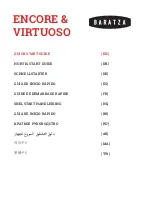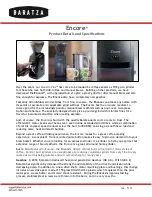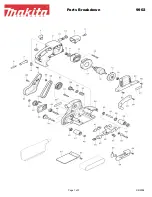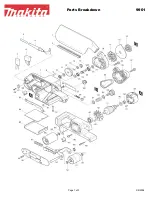
Instruction Manual Glossary of Terms
Universal Vise:
A work-holding device usually used on the milling machine which
has either two or three swivel settings so that workpieces may be set at any de
sired angle, including compound angles. Also, called a
toolmaker's vise.
The
K.
0.
Lee B989 fixture is an adaptation of this principle for tool grinding machines.
Vitrified Bond:
A bonding material of which the chief constituent is clay.
Vitrified Wheel:
A grinding wheel made with a vitrified ceramic bond.
V-Ways:
The raised portion on machine tool beds that act as bearing surfaces and
guide and align the movable portion of the machine that rides on them. They are
shaped like an inverted V.
Washers:
Circular metal rings or discs or various designs having a hole through the
center and placed between a bolthead or a nut and the workpiece. A washer is
used to lock a nut in place and to provide a seat that distributes the pressure over
a greater area for holding parts together.
Ways: The flat or V-shaped bearing surfaces on a machine that aligns and guides
the movable part of the machine that rides on them
.
Wheel Dresser:
A device to true the face of a grinding wheel.
Wheel Sleeves:
A form of flange used on precision grinding machines where the
wheel hole is larger than the machine arbor. Usually the sleeve is so designed that
the wheel and sleeve are assembled as one unit.
Wheel Traverse:
The rate of movement of the wheel across the work.
Woodruff Key:
A flat, semicircular piece of metal used as a key in a special circu
lar keyseat slot cut in a shaft to drive a gear, pulley, or other part.
Work:
Term used to designate the material being machined.
Work Speed:
In cylindrical, centerless and internal grinding, the rate at which the
work revolves, measured in either r.p.m. or s.f.p.m.; in surface grinding, the rate
of table traverse measured in feet per minute.
Worm:
A threaded cylinder or shaft which meshes with and drives a worm gear, the
thread being especially designed to mate with the teeth in the worm gear.
Worm Gears:
Gears with teeth cut on an angle to be driven by a worm. The teeth
are usually cut out with a hob to fit the worm.
—127-

































